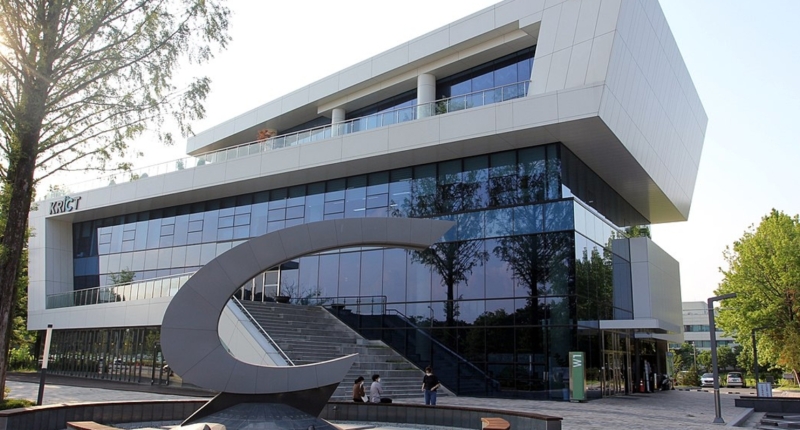An innovative technology has been developed by the Korea Research Institute of Chemical Technology (KRICT) that can revolutionize the recycling of closed-loop textile materials, making it more sustainable and environmentally friendly. The research team has pioneered a technique called chemical sorting, which involves separating polyester from textile waste that has been disposed of in mixed and contaminated form. The process uses a chemical compound that selectively interrupts the chemical reaction between polyester and various dyes. This technology also consumes less energy than traditional methods and requires lower temperatures than current alternatives. Recycling of fabrics such as cotton, wool, polyester, acrylic, nylon, elastane, and other blended fibers is now considered inefficient. However, the researchers have used a cheap, non-toxic, and biodegradable compound to chemically separate the polyester from the textile waste, making it possible to reuse the polyester chemically. This approach has the possibility of achieving circularity in the recycling of textile materials, and it could promote a circular economy in the plastics and textile industries by reducing the amount of waste in landfills.
Innovative Technology for Sustainable Textile Waste Recycling
An innovative technology has been developed for recycling textile waste in a more sustainable way. The study was conducted by scientists from Korea Research Institute of Chemical Technology (KRICT) and led by Youngmo Cho, and it has been described in the journal American Chemical Society Sustainable Chemistry and Engineering.
According to experts, the apparel industry contributes to 10% of annual global carbon emissions. In 2021, around 113 million tons of fiber waste was generated, and this amount is expected to increase in the coming years. Unfortunately, approximately 90% of clothing waste is disposed of through incineration or landfills, which poses a significant threat to the environment and human health, particularly in the case of synthetic fibers such as polyester. This specific material makes up over half of all textiles currently produced, and making it sustainably recyclable is a fundamental challenge for future security.
To address this issue, the research team has pioneered a technique called chemical sorting, which involves separating polyester from textile waste that has been disposed of in mixed and contaminated form. The process uses a chemical compound that selectively interrupts the chemical reaction between polyester and various dyes. This technology also consumes less energy than traditional methods and requires lower temperatures than current alternatives.
Recycling of fabrics such as cotton, wool, polyester, acrylic, nylon, elastane, and other blended fibers is now considered inefficient. However, the researchers have used a cheap, non-toxic, and biodegradable compound to chemically separate the polyester from the textile waste, making it possible to reuse the polyester chemically. This approach has the possibility of achieving circularity in the recycling of textile materials.
“The apparel industry has used PET bottles to produce garments from recycled polyester,” Zhou says. “However, this approach is not sustainable because the material cannot be used after the first use. Our technology is not limited by the complexity of constituent materials or the level of impurities in the waste. It can therefore reduce the amount of waste in landfills, promoting a circular economy in the plastics and textile industries.”
The research team is making the process scalable, and according to scientists’ estimates, the pilot plant should be ready by the end of 2024, while commercial operation should start in the following year. The annual capacity is expected to be up to 10 thousand tons of waste.
In summary, this innovative technology has the potential to revolutionize the recycling of closed-loop textile materials, making it more sustainable and environmentally friendly.
Don’t miss interesting posts on Famousbio










